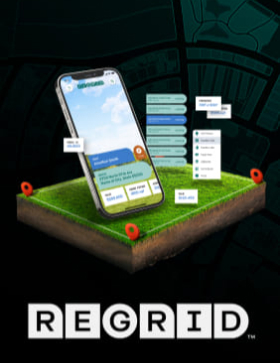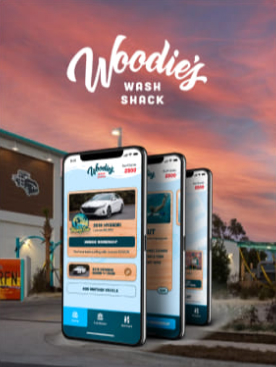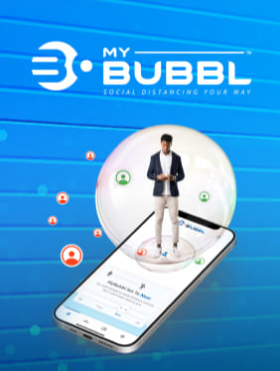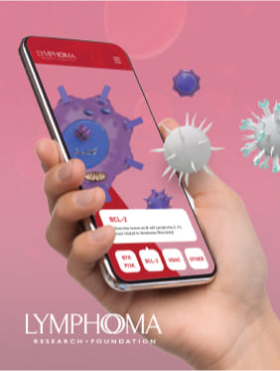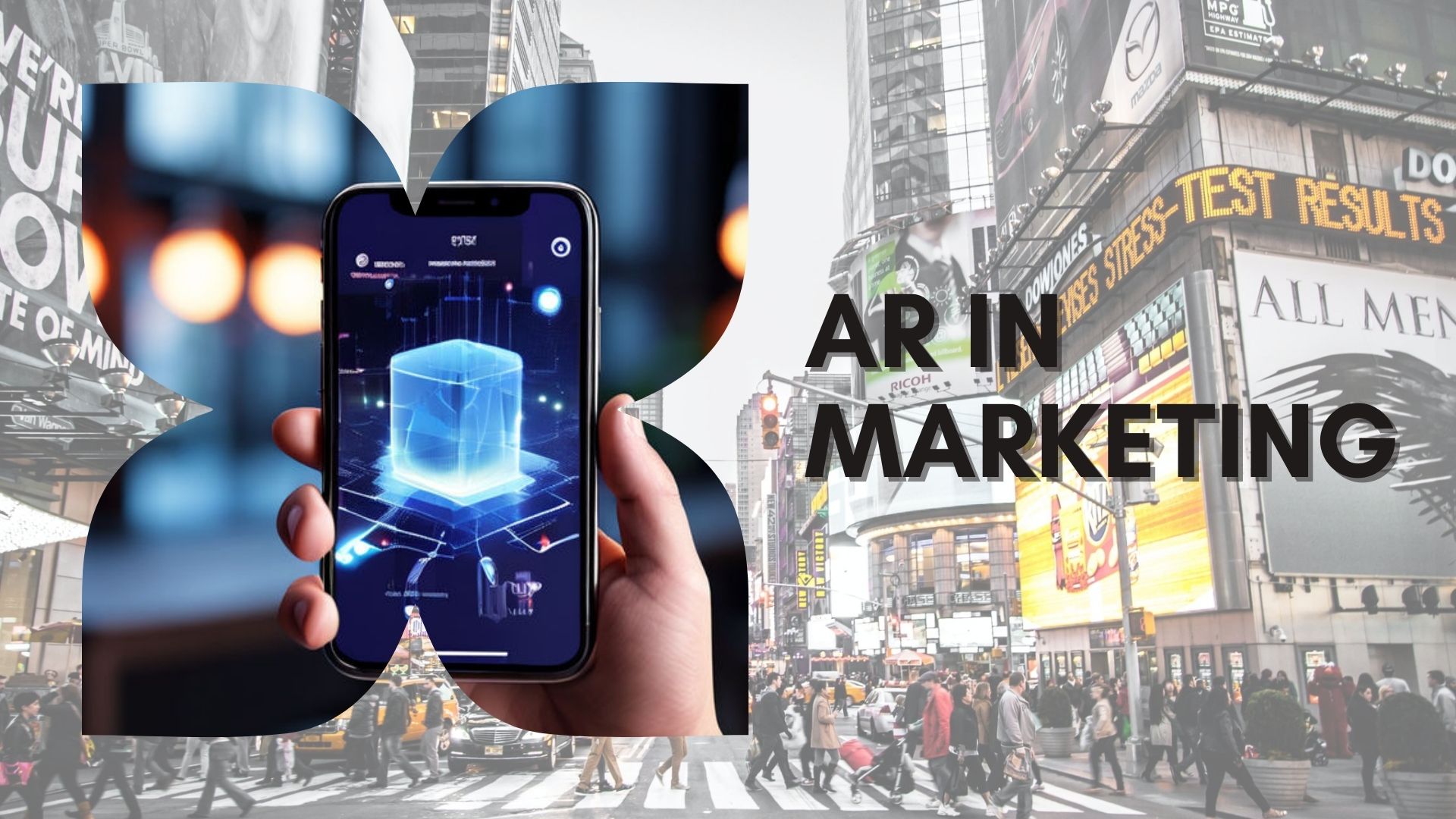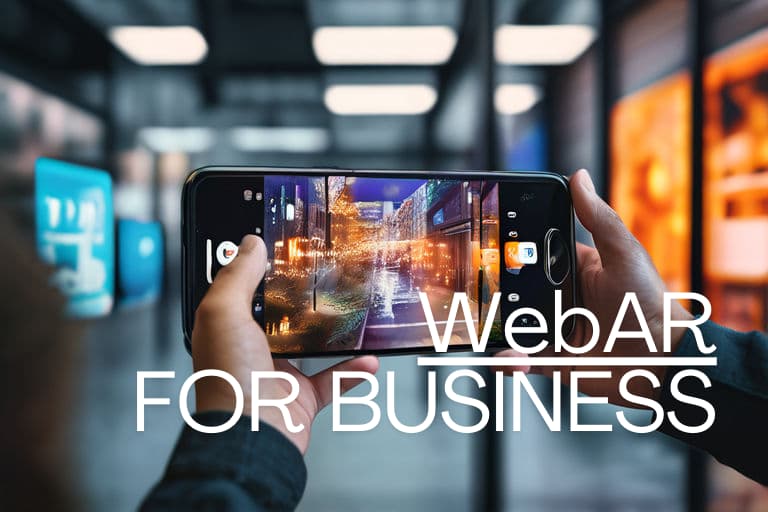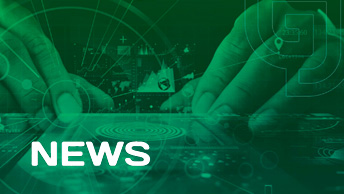
Your Guide to Successful Mobile App Development
There are a million reasons why you might need a mobile app. Perhaps you’re a brand looking to engage and reach consumers in a new, innovative way. Maybe you’re an entrepreneur who has the a great idea for the next viral game. Regardless of why you need an app, if it’s your first time diving into the world of the App Store or finding a team to turn your idea into reality, it can seem a bit daunting — even overwhelming. Don’t worry! You’ve already taken the first step in your app journey, and we’ve pulled together the most savvy of pro-tips to make sure you’re a rockstar your first time on the App Store stage!
Step 1: Your Idea
Before setting out to find a developer and spending hard earned money to create your project, we recommend having your idea thought through as much as possible. Any good agency will be able to (will expect to, rather) assist with expert advice, industry best practices, etc…but to help “paint the picture” it always helps if you’ve got a business plan, mockups — or even just a sketch on a napkin.
As you may expect, the first thing that any app agency or developer will want to know is, of course, your idea! This can feel a bit scary, especially if (and we’re assuming this is the case) you feel as though your idea holds a great deal of value. This is completely understandable and any experienced agency will understand and be determined to protect your privacy, in the most professional of ways. This will often be in the form of a mutual Non-Disclosure agreement. This document (although sometimes viewed as a formality) is generally straight-forward and should be able to be provided by the agency or development team. It will assure both parties, by signature, that the secret is safe. Aside from providing you with the chance to sleep a bit easier each night, the likelihood of someone taking off with your idea is less when they’ve signed a document agreeing not to and, regardless of whether or not it is ever needed, the agreement will open the mental door to collaborative creativity between both you and your team.
Bottom line: When you’ve discovered someone to develop your app, we recommend at least asking about their willingness to sign one. (Hint, hint: Whether or not they have one is a good test of their professionalism too!)
Step 2: Who should I choose to develop my app?
You’ve got your napkin sketches, your excitement and (of course) your vision! Now what? The next step is to find a team to make it happen! We all know that just having an idea is an extremely small part of any success. We’ve all had that buddy who sits there, watching the news, saying:
“I had that idea 4 years ago! That’s my idea!
That may be true, Alan…but ideas can’t do cannonballs. It can be a little scary, a little risky and you’ll undoubtedly have a few people saying “Hm. Yeah, I might be able to see it,” but your idea will only make a splash if it actually becomes something tangible. Chances are if you see a valuable use or impact from this idea — there are a lot of other people that would too! You’re not crazy. Don’t be an Alan. Find someone with the ability to support you and turn your idea into a reality. There are two (main) parts to this:
Part One: Experience
Consider this question: Let’s say you run into someone on the street, and they tell you they are an awesome professional skydiver. They show you a couple of pictures of parachutes from Google Images and point to the sky and said “Look! Everyone’s heard of the sky. I’ve been up there.” — Would you let them take you skydiving?
Gosh darnit, we hope not. Anyone can say they’re great, but make them prove it to you before you put your life in their hands.
The same goes for making the leap with software and the life of your app! The team that wins the privilege of creating your app or project should have the following things in their arsenal (or parachute pack…depending on your metaphor):
– A portfolio of completed projects, designs similar to the one they will be doing for you.
– A few testimonials or case studies from past clients, that provide you with an idea of the experience that those who “jumped” before you had.
– A staff that supports the type of work (and volume of work) that they are promising.
– The ability to answer questions that you have with informed, educated, and experience-based responses. If they know the industry, they should clearly have a handle on terms, best practices and be able to steer you clear of roadblocks that have been encountered in the past.
A great way to test this is to present your idea, and ask the individual or team to critique your idea and advise you of any possible roadblocks that they can foresee. This isn’t ensuring these roadblocks will occur, but this is software. There are bugs. An experienced team will be able to start a sentence with “Well, in some cases, this aspect of the project can take a bit of extra time or effort, because…
Oh…and they can finish that sentence too!
Part Two: Mojo
Despite sounding perhaps a tad weird, it’s arguably (actually, super arguably) more important than the experience part. Finding a team that can do your project is one thing. There are a million of them. You owe it to yourself, your investment, and your project to find a team that listens to not just what you want the project to do, but why you want it to exist. They should be eager to understand your vision and share excitement for the concept. To put it plainly (and somewhat unprofessionally), the team you choose should be the ultimate wingman for your project. Find a team that you like — because, chances are you’ll be working with them for at least months. If you make the call to find a team you can vibe with off the bat, you save yourself a lot of trouble in the future when it comes to changes, feature tweaks, updates and future work.
Here at Gravity Jack, we require that each potential client or lead that comes through our doors gets a low-pressure, real conversation with our team here, before even moving to NDA or contract phase. It allows us, at the very least, to hear your vision for what the project will bring and establish a comfortable, approachable and friendly relationship with you — before jumping into the work. Software is an investment and whether we’re with you for a month or two, or years — it’s the only way we can imagine starting off what can become a long-term working relationship.
Whether it’s software, or finding “that special someone” — a relationship is a relationship. Give the little bit of effort that it takes to understand the team before you sign on. When you do, you will discover either the reassurance that your project is in great hands, or you’ll steer clear of a much bigger issue down the road.
Step 3: Be Fair!
Any agency is going to want to be the one chosen to help with your project (assuming it’s within their expertise). They want to get to know you, understand the project and work hard to win your trust and will do everything they can do make sure that happens! At the same time, the people helping you and getting to know you are still employed by a company. It’s good practice (and really important) not to take advantage of this process. Some agencies (like Gravity Jack) will even, at times, help create mockups, graphics and decks to help solidify the idea — depending on the project needs. We do this not because we have to, but because it’s an investment in an idea that we believe in. We use the word investment, because that’s what it is. People paid by Gravity Jack are helping to creatively contribute to your idea, at some times, before you’ve paid anything. We don’t mind doing it (at all) for ideas we truly believe in but the reality is, we can only do so much until it becomes a lot of work that the agency is paying for. As a provider of specialty services, our work reflects on us and we are just as invested in the success of our projects as each client! A good agency will treat you like a VIP at a world-renown hotel — Just don’t trash the room and take advantage of a good thing. It’s as simple as that. Just be fair but don’t hesitate to ask for help when needed. We will let you know, kindly, if things are getting heavy.
Step 4: Types of Development
One of the biggest things that we get to explain to potential clients is the difference between the two main types of software development — and the benefit of the one that we prefer. We will do that here. Be aware, we are an agency that operates on an agile development model. We do this because we believe, whole-heartedly, this is the best way to go about software. We have our opinions, and the opinions of others may differ.
Fixed Bid:
Pretty straight-forward here (and, in our personal opinion, be a little wary). You get an estimate upfront. You get a guaranteed completion date and a firm price. So far so good, right? It’s great — if you’re getting your car worked on. Here’s the thing though. You’re creating software. Software changes — often, and a lot of the time it’s outside of the control of agencies. Platforms update, requirements change, design standards shift, the list goes on. With fixed bid development, what you agree to is what’s going to happen and it’s a hands-off process. Let’s say you need to add a feature, or the budget changes. There’s extremely little “give” and any that does exist can come with a monstrous invoice. You can end up with a project you thought you wanted to begin with, but feels lacking upon delivery because of all the “No’s” you got once development started.
Agile Development:
On first glance, agile development can seem similar to fixed bid development. That’s the beauty. We start the project the same way. We provide you with an estimate of both time and cost, a contract that outlines project features and functionality and we sign that baby, right along with you. We’re in it together. Here’s the beautiful part — let’s say your project budget changes, you want to add push notifications, or your boss wants it done 2 months sooner, so he can show it off at that conference that just popped onto the schedule. Fixed bid? Good luck! With agile development, you pay for the time of the team — not a hard deliverable. 99% of the time, it of course results in the same deliverable, but if you need to add another developer to speed things up, add another feature, or pause the project all-together to save on funding, you can do that! We work, according strictly to plan, on a month-by-month basis. You are free to add features — even add an entire second platform (iOS, Android, etc…), or pause work at any time. As if that wasn’t enough, you own everything we’ve done up to that point!
You have visibility on your project 24/7, through state-of-the-art project management techniques and software — like Basecamp. Want a feature? Just login and add it to the list and give it a priority level. Your dedicated project manager will make sure it happens. As the team checks things off the list, you can see it happen. Features, design, everything. It’s all accessible to you whenever you want.
We could go on and on about the benefits of agile development (and are happy to if you’d like — just ping us with a message), but you get the picture. We advise going with agile, but the choice is yours. You’re the boss!
Step 5: Get the Ball Rolling!
Ok, so you’ve found a team that you like and everyone’s on the same page. What can you expect?
Generally speaking, the agency you choose should walk you through the “next steps” in each meeting you have with them. If they don’t, by all means — ask for them! It’s important to set expectations for action items and things needed from both sides, in order to keep forward momentum on your project. As you may expect, the team you want will drive this process and you won’t have to “babysit” the process at all.
Proposals:
A development team may provide a proposal to you (Gravity Jack provides them free, but some agencies may charge) to help clarify what is possible. These may or may not be free to share with your company or publicly. Check with the agency (they should let you know). They will generally provide a project overview, special requirements or technologies, pricing and timeframe estimates for the project and possibly mockups, images and similar projects from the past. No proposal is exactly the same and many agencies will take advantage of the opportunity to put a bit of their “vibe” into each proposal. Use that to your advantage! Not to say you should judge a book by it’s cover, but when it comes to proposals — at least consider it.
Work Orders:
You may know the feeling. You’re attracted to someone. They’ve all but admitted they’re attracted to you too. Now what? You take the plunge! You like the agency. We like you. Now what? Well, that would be a work order. Once things are agreed upon, the agency will provide you with a contract that outlines the work that is to be completed. This is a legal binding contract so be sure you’re on the same page! Depending on what kind of development (Agile or Fixed Bid), it’s a good idea to also ask about change orders or how any potential/unforeseen changes are going to be handled. It’s not uncommon that changes will be completed through a Change Order, signed by both parties. A sort of “addition” or “amendment” to the original contract. Don’t let the contract scare you — it should be exciting! Just be sure you’re both on the same page.
Step 6: Development Builds & App Store Delivery
As your project is developed, the team will provide you with updates, according to the processes that they use for project management. At Gravity Jack, you’re assigned a dedicated project manager from day one. Their sole mission is to make the development process clear and easy-to-understand for you, while ensuring the goals and progress on the project move forward at full-steam-ahead speed. They are like translators. They are software experts and can hang with the most savvy of developers, but can turn around and explain it all in plain English. As the software hits key milestones, your team should provide you with test versions of the software. These are called “builds” and can be for early versions, with limited functionality — all the way to alpha, beta and final release versions. These allow you to test and try out your project — exciting! You should always have a complete understanding of your project’s progress and feel comfortable asking your development team questions or expressing concerns at any time.
Any agency will also complete quality assurance testing on your project. For Gravity Jack, this is done throughout the development project consistently. Software will check for bugs and inconsistencies as it’s being developed, while real people use your software (and get this…) actually try to break it. We’d rather a member of our team find a bug, than someone who is trying to use your software after its release — and we think you feel the same. There is an incredibly important aspect to understand, related to this:
Any agency who promises that your software is 100% guaranteed to be bug free on every device in the world, at all times is either A) lacking serious experience, B) lying to your face or C) delusional. All three of these are detrimental to your software experience, so steer clear. The world’s supply of devices with different screen sizes, processors, software, hardware, etc…is constantly growing. Any reputable agency will provide amazing software that works in virtually all case scenarios — but to guarantee it, is simply not an honest possibility. Understand your agency’s quality assurance process. We know how it feels when someone finds a bug. It’s embarrassing. That’s why we take every step we can to ensure your software is as bug-free as possible!
Once your project is finished and everyone is happy, your agency should assist in the submission of the project to any relevant app store. You may need to create an Apple Developer Account for them to use for publishing (a small annual cost), but your project isn’t done until it’s live! Your agency should be willing to assist with the delivery to the app store, before the project is signed off as complete.
Step 7: Blast Off! Launch Marketing & Promotion
We want to be clear — Not every agency will provide assistance with the marketing and release of your app. Once it’s done, your project is your responsibility to promote! The app store is growing and it’s important to have an experienced marketer or team of marketers assist in your efforts to make a splash. Know whether this is something that your agency provides, beforehand. It should be a part of your selection process, if it’s important to you!
Here are just a few of the ways that Gravity Jack often helps with client project launches:
– App Store Optimization (description, keywords, categories, screenshots and meta data)
– Press Release creation, optimization & editing
– Press Release distribution (Our clients have often been featured on Yahoo!, The Wall Street Journal, Business Insider and even the Reuters Board in Times Square!)
– Landing page/website design and development: Every great app should have a landing page online, directing people to download locations! These are generally simple and extremely effective. Make sure you’ve got one!
– Promotional videos & tutorials on how to use the app, features and more.
– Social media creation, optimization and marketing. It’s customer service, marketing and promotion, all rolled into one!
Wrap-up
There are plenty of things that you’ll discover throughout the software development process, but the truth is, it should be fun! Remember to enjoy the excitement and learning experience that it provides — you’re creating something that has the ability to change the way that business, social media, gaming, commerce, and much more — happens! That’s amazing. Have fun with it and find a team that will have fun right along with you. Have a bit of expert feedback that we can include in this list to help fellow app creators? Send us a message and let us know! We’ll get it added.

